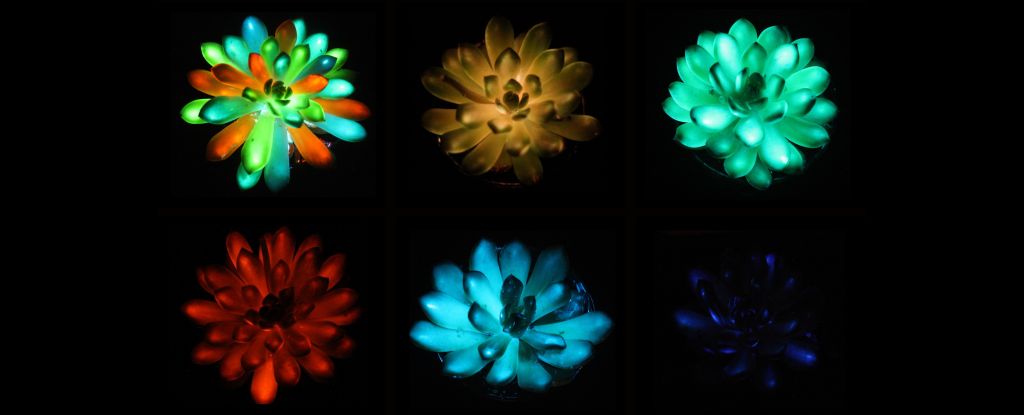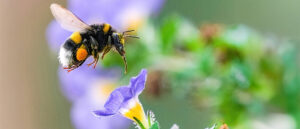
A team of scientists at South China Agricultural University has successfully engineered succulents that glow in the dark, bringing a unique and vibrant option for home decoration. This innovative development allows these plants to emit light through a process that can be recharged using sunlight, creating a visually striking effect in a variety of colors.
The scientists, led by biologist Shuting Liu, have created succulents capable of glowing in multiple shades, including red, green, violet, and blue. While the glow does not last indefinitely—each leaf requires individual treatment—the initial achievement marks a significant step toward creating bioluminescent plants. Liu described the vision behind this project as reminiscent of the glowing flora in the film “Avatar,” suggesting potential applications for lighting urban environments.
The team based their work on afterglow phosphor particles, similar to those found in glow-in-the-dark toys and stickers. This approach posed challenges, as larger particles tend to glow more brightly but do not permeate plant tissue effectively. Through extensive experimentation with various plants, including golden pothos and bok choy, the researchers discovered that particles measuring approximately 7 micrometers—about the size of human red blood cells—provided optimal results. Surprisingly, the densely structured succulents produced the most consistent and vibrant glow, contrary to expectations that airier plants would perform better.
“The particles diffused in just seconds, and the entire succulent leaf glowed,” Liu stated, emphasizing the unexpected success of their method. After recharging, each succulent glows for approximately two hours, similar to conventional glow-in-the-dark products, gradually diminishing in brightness over time.
The researchers are now focused on enhancing the longevity of the plants’ glow. Preliminary experiments hint at the possibility of creating a luminous array of succulents that could potentially provide sufficient light for reading. Liu expressed her amazement at how seamlessly micro-scale materials integrate with the natural structure of plants, describing the combination as “almost magical.”
The findings of this innovative research have been published in the journal Matter, highlighting the potential for a new era of decorative plants that not only enhance aesthetics but also offer practical lighting solutions. As scientists continue to refine their techniques, the dream of illuminating homes and gardens with bioluminescent plants may soon become a reality.






